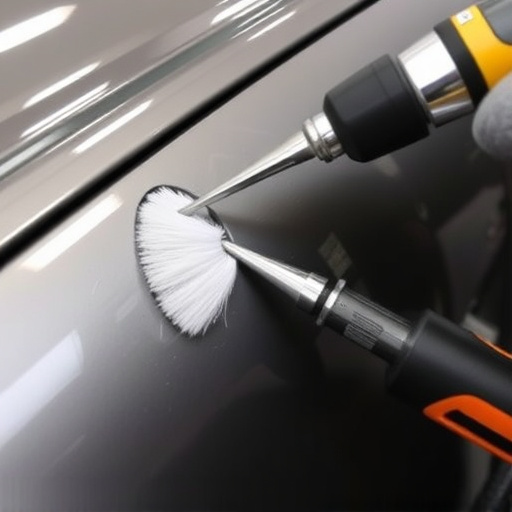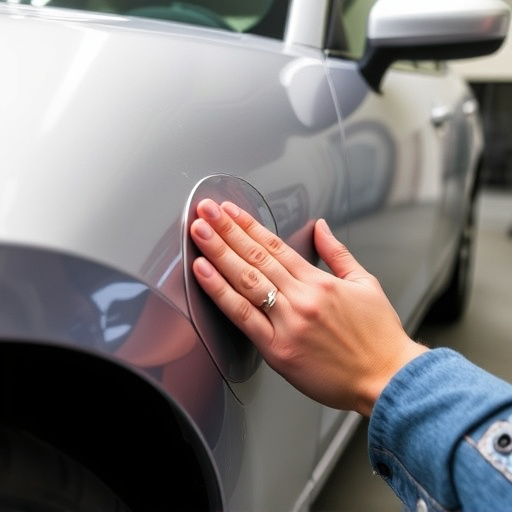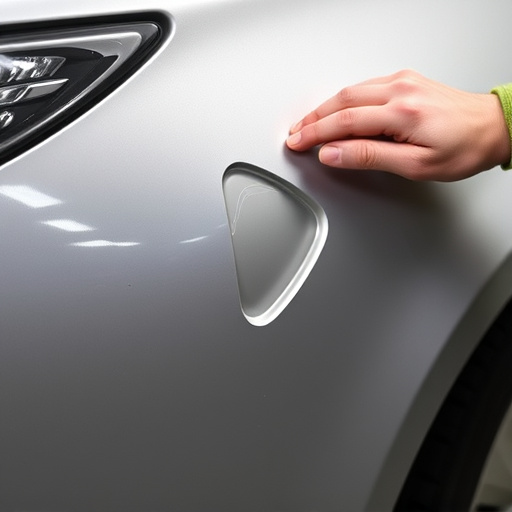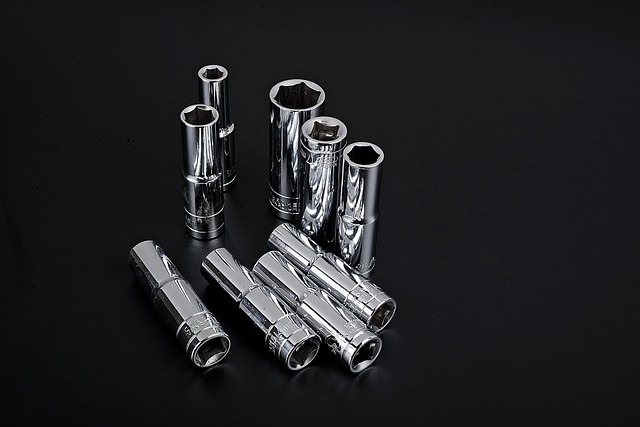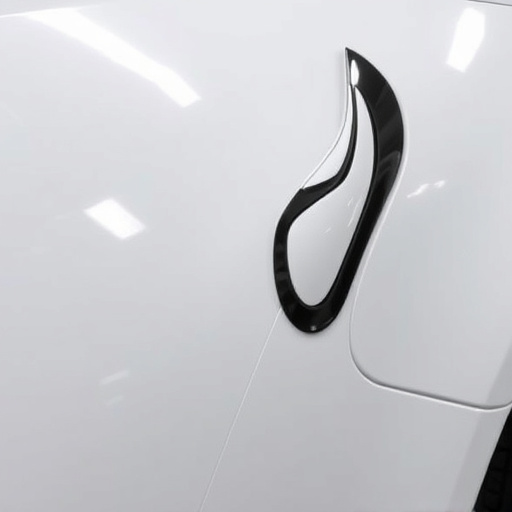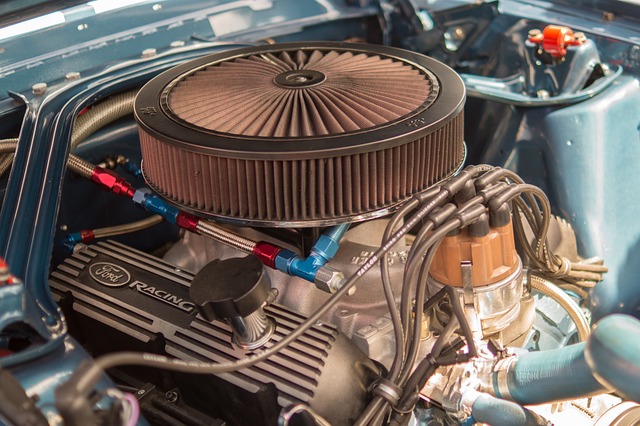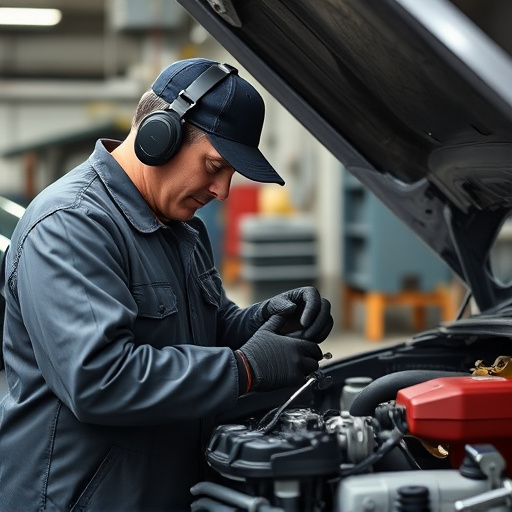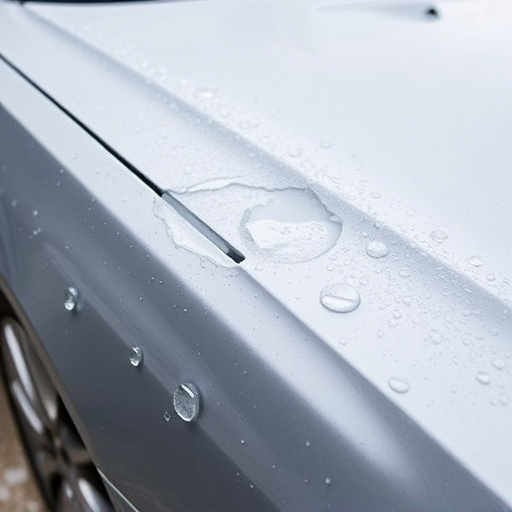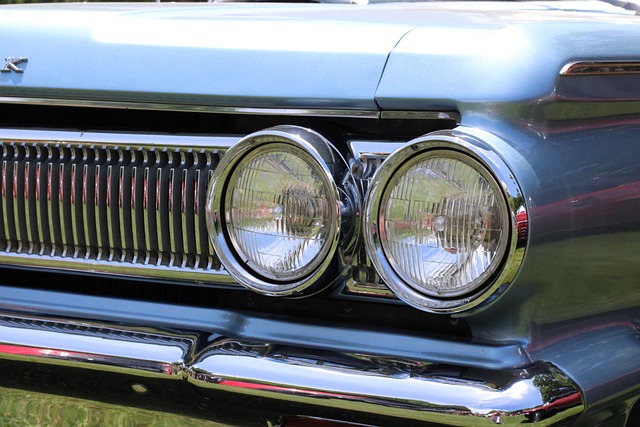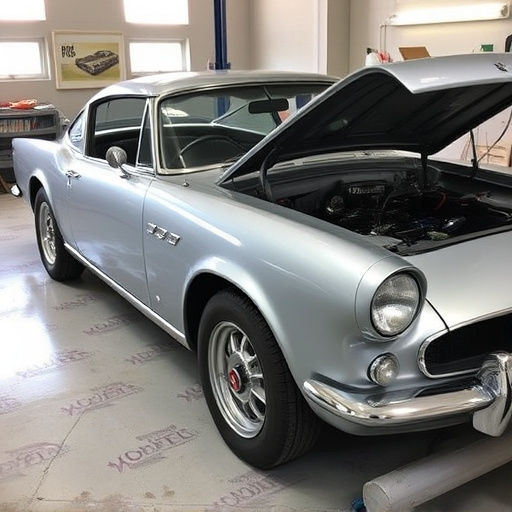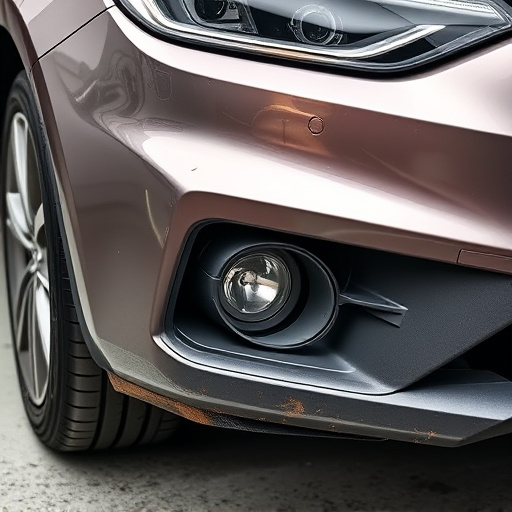Direct repair programs (DRPs) are gaining global popularity, driven by factors like robust automotive industries, consumer preferences for efficient repairs, and environmental regulations. North America leads in adoption due to early automaker initiatives and supportive regulations, focusing on safety and cost savings. Europe's strict environmental policies and consumer awareness have accelerated DRP integration, promoting eco-friendly practices and minimizing waste. Asia Pacific's rapid economic growth and increasing car ownership, particularly in Japan and South Korea, are also fostering successful DRPs across diverse regions, enhancing customer satisfaction with streamlined collision repair processes.
Direct repair networks are transforming industries worldwide by promoting sustainability and reducing e-waste. This article explores the widespread adoption of direct repair programs (DRPs) across diverse geographical regions and sectors, including North America, Europe, Asia-Pacific, electronics manufacturing, automotive, and textiles. We delve into the future trends that will shape DRPs globally, emphasizing increased collaboration, digital integration, and expanding to address growing environmental concerns. Discover how these initiatives are revolutionizing waste management and fostering circular economy practices through effective DRP implementation.
- Geographical Regions with High Adoption Rates
- – North America: Early adopters and regulatory support
- – Europe: Strict environmental policies and consumer awareness
Geographical Regions with High Adoption Rates

In recent years, direct repair networks have seen significant adoption across various geographical regions, driven by a growing awareness of their benefits in streamlining vehicle collision repair processes. North America stands out as a leader in this shift, with a substantial number of automotive manufacturers and insurance companies embracing these programs to enhance efficiency and reduce costs associated with car body restoration and paint services. The dense population and high concentration of automotive industries in this region have facilitated the rapid expansion of direct repair networks, making them easily accessible for both insurers and policyholders.
Europe has also witnessed a notable rise in direct repair program participation, particularly among countries with well-established automotive sectors like Germany and the United Kingdom. This trend is attributed to regulatory pressures and consumer demands for more transparent and cost-effective vehicle collision repair solutions. In Asia Pacific, rapidly growing economies and a surge in car ownership have created favorable conditions for direct repair networks to thrive, with countries like Japan and South Korea leading the way in implementing these innovative models. These regions are witnessing increased efficiency in car paint services and overall improved customer satisfaction through direct repair programs.
– North America: Early adopters and regulatory support

North America has been at the forefront of implementing direct repair networks (DRNs), thanks to early adoption by forward-thinking automakers and supportive regulatory environments. Many car manufacturers, recognizing the benefits of streamlined repair processes, have collaborated with certified auto repair shops to create robust DRN infrastructure. This region’s strong emphasis on consumer protection and safety standards has further fueled the growth of these programs. For instance, strict regulations regarding vehicle emissions and structural integrity require precise and authorized repairs, encouraging the use of DRNs.
The popularity of direct repair initiatives is evident in various segments, with Mercedes-Benz repair being a notable example. The luxury car brand has successfully established its own network of certified repair centers, ensuring that their vehicles receive genuine parts and expert craftsmanship. As a result, consumers benefit from cost savings, faster turnaround times, and peace of mind knowing their cars are serviced by qualified professionals following the manufacturer’s guidelines. This trend sets a standard for others in the industry, demonstrating how DRNs can enhance customer satisfaction while optimizing repair processes within auto repair shops.
– Europe: Strict environmental policies and consumer awareness
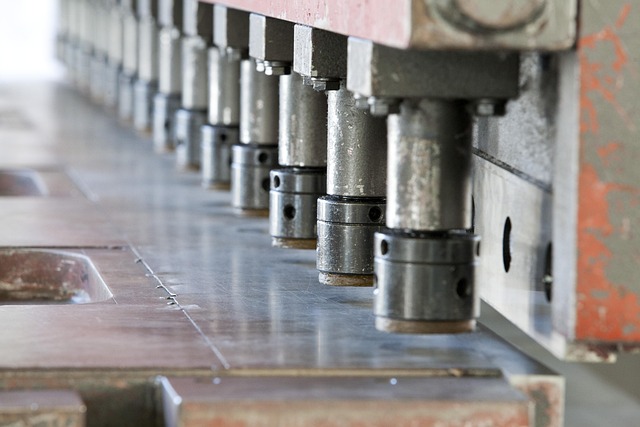
In Europe, the adoption of direct repair networks (DRN) has been significantly influenced by strict environmental policies and heightened consumer awareness. The region’s stringent regulations on waste management and emissions have prompted automotive manufacturers to promote eco-friendly practices, including supporting local auto body repair shops that minimize the use of disposable materials and recycle components where possible.
European consumers, known for their high standards and informed choices, increasingly prefer environmentally conscious options when it comes to vehicle maintenance and repairs. This trend has further accelerated the integration of DRNs, as these networks offer convenient access to reliable auto body repair and even specialized Mercedes-Benz repair services without contributing to excessive waste or carbon footprint. The focus on sustainability aligns perfectly with the goals of both regulatory bodies and consumers, thereby driving the widespread adoption of direct repair programs across the continent.
Direct repair networks are gaining significant traction globally, with high adoption rates in both North America and Europe. These regions have led the way through a combination of proactive regulatory support and heightened consumer awareness. The success of these initiatives underscores the benefits of promoting local, environmentally-friendly, and cost-effective solutions for product repairs, paving the way for a more sustainable future where direct repair programs are the norm rather than the exception.
